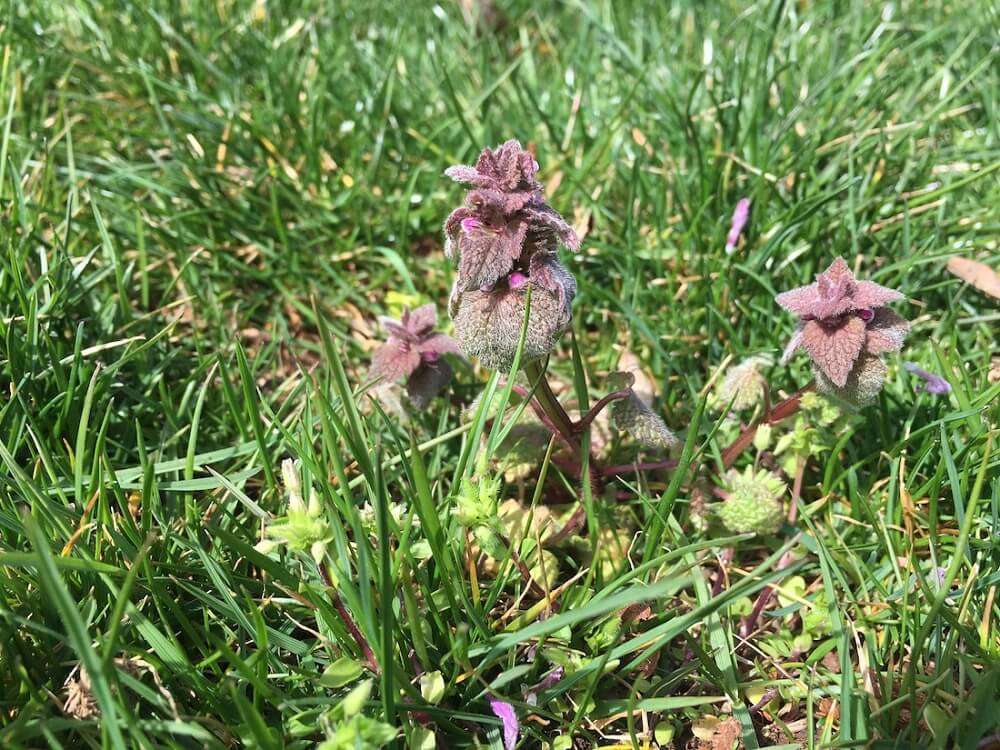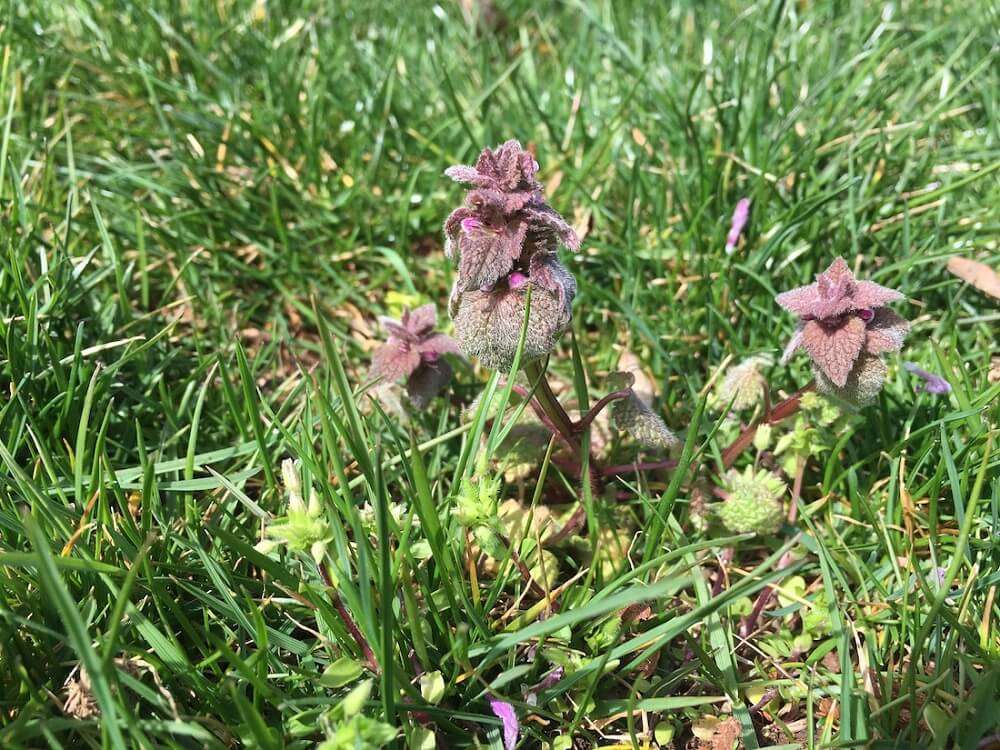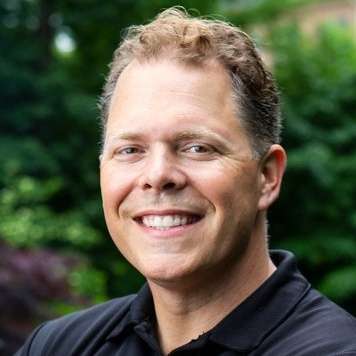


Weeds are one of the biggest sources of frustration when it comes to having a healthy and thriving lawn. If you’re struggling with lawn weeds, then you may be wondering “What kind of weeds do I have?”, so that you can attempt to get the problem under control and restore your lawn’s health. You may be feeling frustrated—after all, having a weed-free lawn ought to not feel so hard.
Unfortunately, finding out “What kinds of weeds are in my grass?”, is not quite as easy as it sounds. With approximately 8,000 different types of known weeds out there, you may have no clue which ones you’re plagued with.
That’s why we’ve rounded up a list of lawn weeds in Northern Virginia that you’re likely to see. Identification is the first step in getting rid of lawn weeds.
While there’s an inclination to believe that all weeds are the same, that’s simply not the case. There are many different types and since different weeds require different treatments, it’s important to figure out what you’re dealing with. To help. we’ve rounded up 10 of the most common weeds that we see in Alexandria, Arlington, and Springfield, VA.
Chickweed is identifiable by its small white flowers and small, egg-like leaves. It grows densely and close to the ground. Chickweed can also spread rapidly.

Chickweed thrives in thinner areas of the lawn and in shade. It typically grows in thick mats. You’ll most often find it in the late winter and early spring.
This yellow-flowering weed is fast-growing and incredibly hardy. That’s why it may feel as though you just saw a few dandelions one day and the next time you look, they’ve multiplied drastically. While most of these weeds appear in the spring, they can persist most of the year.

Even when conditions are not suitable for germination, dandelion seeds can remain viable until growing conditions improve. This weed is also a perennial plant, so it has the capacity to come back the very next year if not treated.
This white-flowering perennial weed grows low to the ground and can spread rapidly, particularly if you have a lawn with sparse areas where it doesn’t have to compete with healthy grass in order to thrive.

This weed is most often spotted in late spring and early summer but can be present most of the year. White clover prefers soil with a low pH, which is an unfavorable environment for grass.
This aggressive grassy weed is an eyesore, growing in unsightly clumps. It is opportunistic and tends to pop up in thinned out areas of the lawn where it has easy access to sunlight.

In time, it can spread and crowd out healthy turf if not addressed. A single crabgrass plant has the capacity to produce 75,000 seeds in one growing season! Crabgrass begins to appear later in the spring and persists until hard frosts in the late fall.
A member of the mint family, Henbit is sparsely hairy and characterized by green or purplish square stems.

This winter weed produces fibrous root systems and can grow as high as 12 to 16 inches in early spring. It can invade quickly, especially in turf that is thinning.
This annual weed is a member of the mustard family and can spread quickly. It forms from a basal rosette and grows 3 to 9-inch long stems.

Its leaves are slightly scalloped and tiny white flowers develop at the ends of its stems. This weed is often found in late winter throughout spring.
Wild or “common” violet is a spring broadleaf weed that has a resilient root system and can be difficult to control.

One of the reasons for this is the fact that their leaves have a waxy coating which makes it difficult for some weed control products to easily get rid of them. Violets will remain in a lawn throughout the year.
Spotted spurge is easily identifiable by its red spots and the milky sap that is released when any plant part is split open. It grows in large thick mats and can spread easily.

This broadleaf weed will appear in summer and persist until the colder temperatures of fall.
Broadleaf Plantain is a perennial broadleaf weed that thrives in compacted soil. It has a fibrous root system and therefore can be difficult to control.

This weed is distinguished by its waxy oval leaves and stalk-like branches. Another summertime weed, Broadleaf Plantain will emerge while it’s hot and last through fall.
Now that you know some of the common lawn weeds that may be lurking in your lawn, you might be wondering what to do about them. The best way to get rid of lawn weeds is to work with a lawn care company that will take a customized approach to your problem. That’s because different lawn weeds require different methods of treatment.
For instance, while some weeds may be effectively controlled by one or two applications of a professional weed control product, others may require repeated treatments. Still, other weeds may not be controlled well by any product and may require a different solution altogether. The point is, it’s important that you’re working with a lawn care company that will assess your lawn and what it needs.
When you have a professional take a look at your lawn, you can ensure that your weeds are not only properly identified but that the right course of action is put into play. This will take the burden off of you. After all, though you may have been wondering “What kind of weeds do I have?”, chances are, you don’t really feel like having to identify them all. You’d rather have a professional who truly knows what they’re doing take control so that you don’t have to worry.
Of course, it’s important to recognize that not all lawn companies are the same. Many will not take a customized approach to your weed problem and will just spray everything. But controlling weeds goes beyond just treating the symptoms. Establishing a thick, healthy lawn that can defend itself against weeds is multi-faceted. It should include ongoing treatments of weed control materials, fertilizers, soil testing, aeration, overseeding, and possibly power-seeding or topdressing if recommended. Those services are not all ones that most lawn care companies offer.
By handing your concerns over to a professional lawn care service that you can trust to take the best possible approach for your properties, you don’t have to spend any more time worrying about weeds. You can rest assured your lawn will be on its way to better health.
If you’d like to stop worrying about lawn weeds and are ready to hand your problems over to a company you can count on to fix them, request your quote, choose from 3 lawn care program options, and relax as you get the royal treatment.
Image sources: white clover, common chickweed, dandelion

Mike is a true Northern Virginian who was born in Alexandria and grew up in Clifton. After 18 years as an account manager in another industry, he realized a career change was in order and started his career in the landscape industry. For the past twelve years, he has managed residential and commercial accounts and provided a wealth of experience and professional service to our customers.




If You're Looking For a Sign, This is It.
Seriously, that lawn isn't getting any better on it's own. Mrs. Jones just called the HOA on you